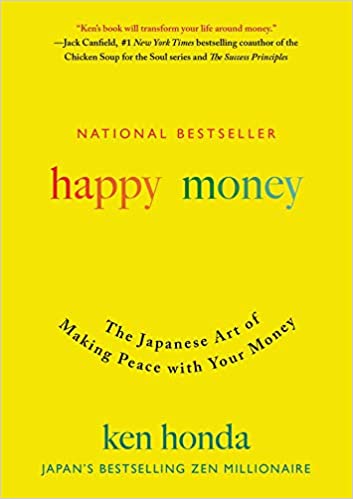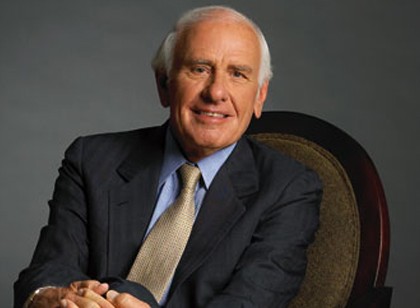“Men go to far greater lengths to avoid what they fear than to obtain what they desire.”
—Dan Brown, author of The DaVinci Code
Loss aversion is rooted in prospect theory, which indicates that people fear losses twice as intensely as they value gain.
Neuron-scientific evidence shows the brain’s amygdala reacts more strongly to losses which amplify emotional discomfort. These biases drive risk-adverse behavior such as clinging to familiar routines or avoiding investments due to fear of failure.
The pursuit of dreams is fueled by intrinsic motivation and self-determination theory which emphasizes aligning actions with personal values and autonomy. Although these kinds of actions foster self-actualization and long-term fulfillment, such efforts usually require confronting loss aversion’s gravitational pull.
EXERCISE:
In what ways can you overcome the primal risk-averse response of loss-aversion and be more intentional and self-aware of your intrinsic motivation to realize far more of your desires?












